-
 +86-15257906761
+86-15257906761
-
 sales1@astorzen.com
sales1@astorzen.com
Interiors Storage Shelves Factory
-
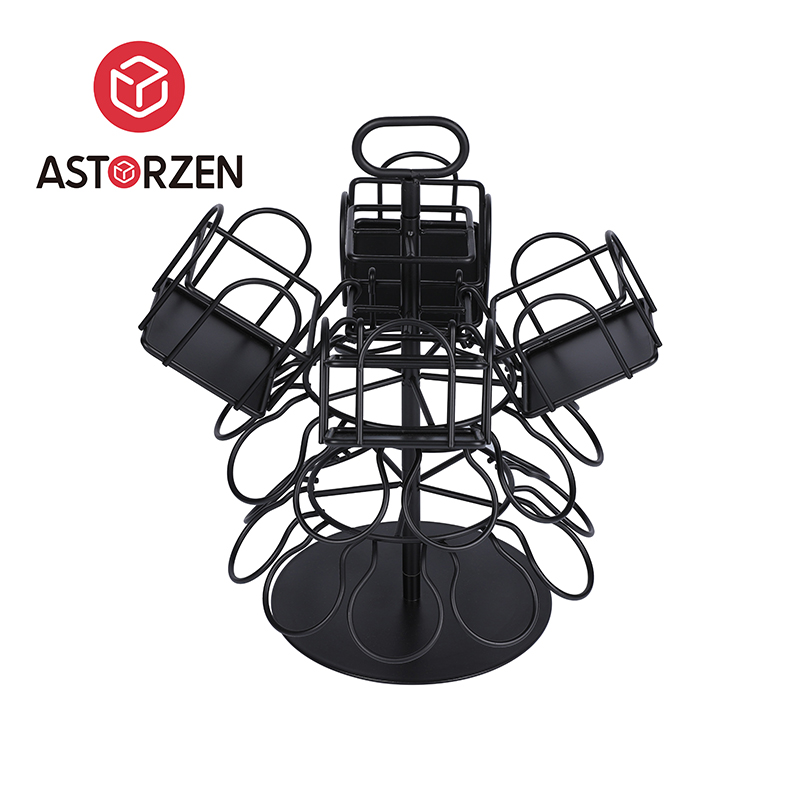
-
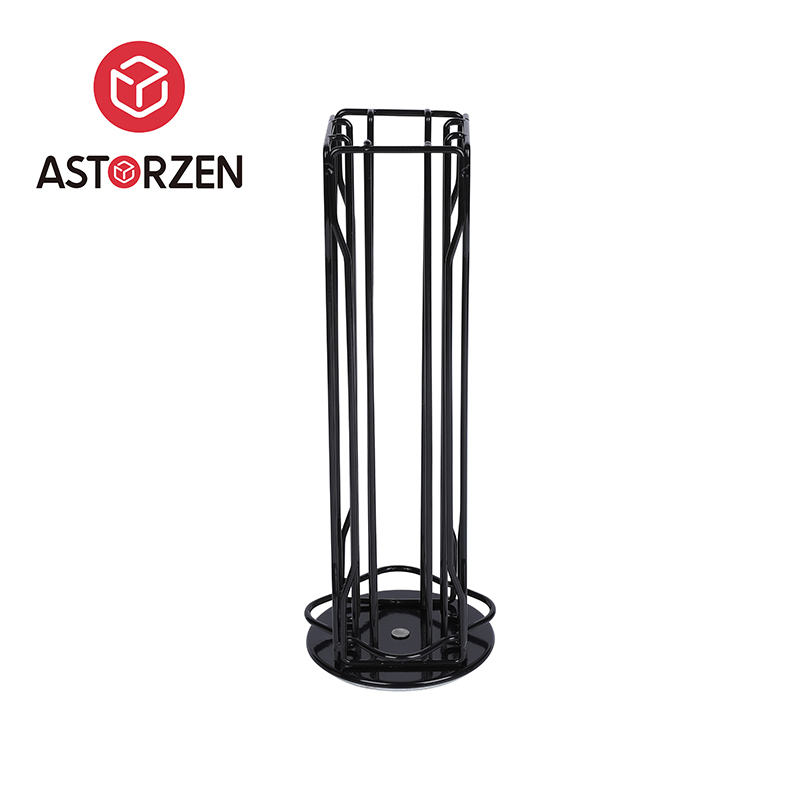
-
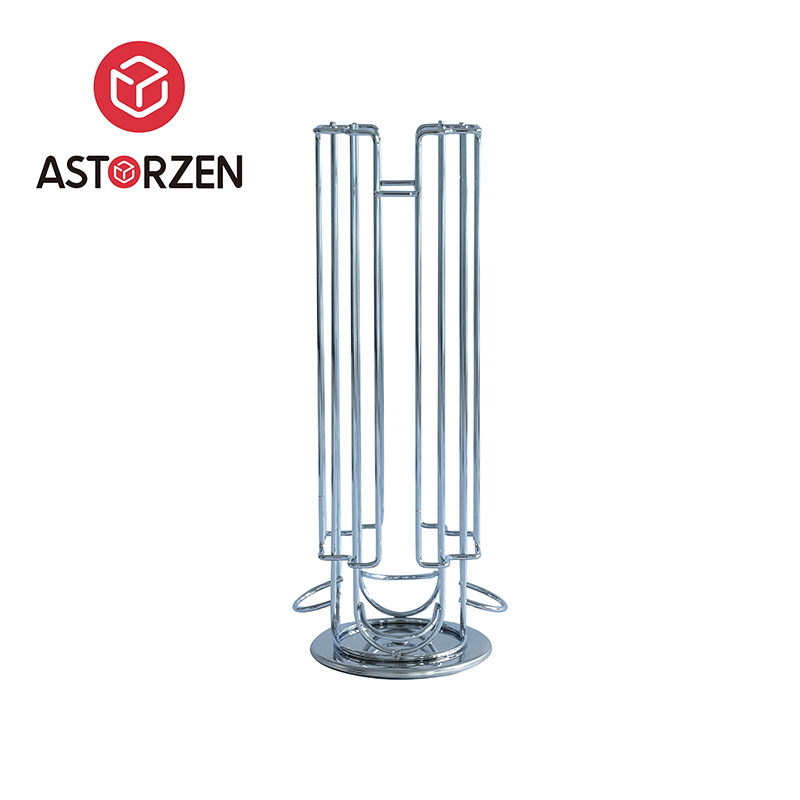 Commercial Vertical Rotatable Coffee Capsule Storage Rack Kitchen Storage
Commercial Vertical Rotatable Coffee Capsule Storage Rack Kitchen Storage -
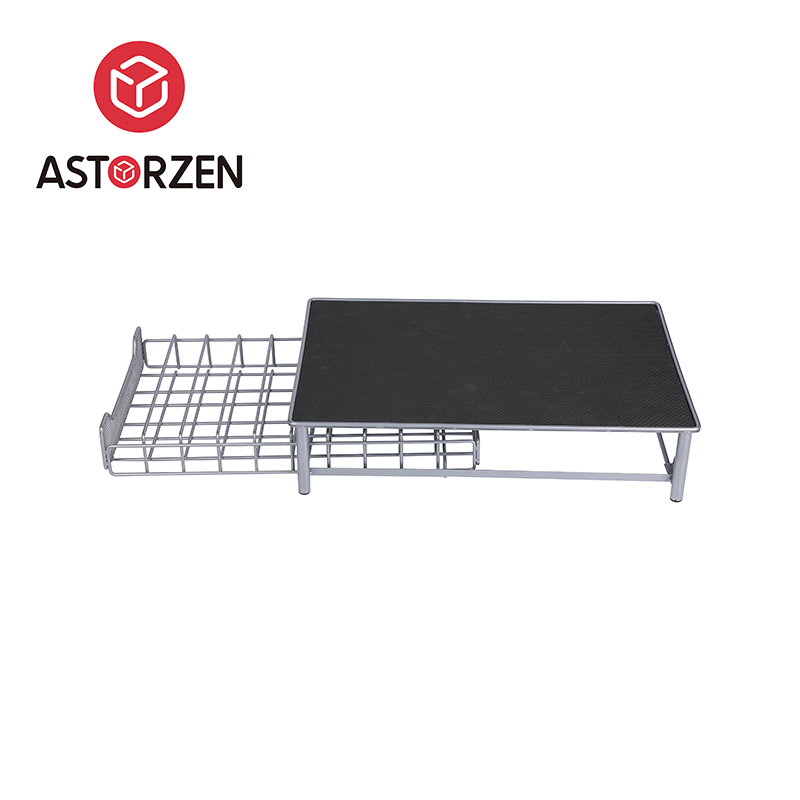
-
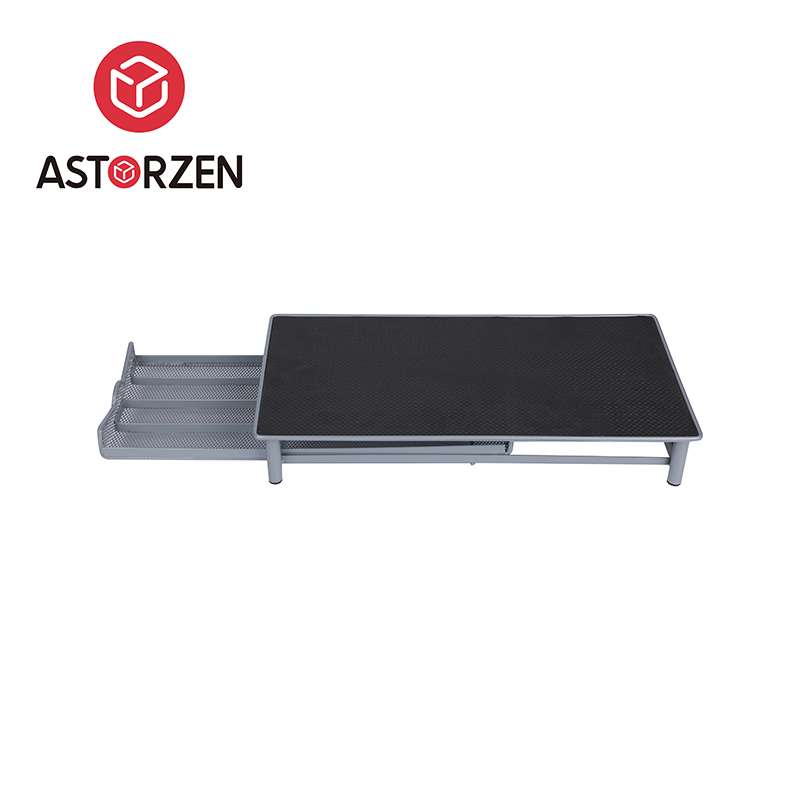 Fashionable Home Desktop Coffee Capsule Storage Drawer Kitchen Storage
Fashionable Home Desktop Coffee Capsule Storage Drawer Kitchen Storage -
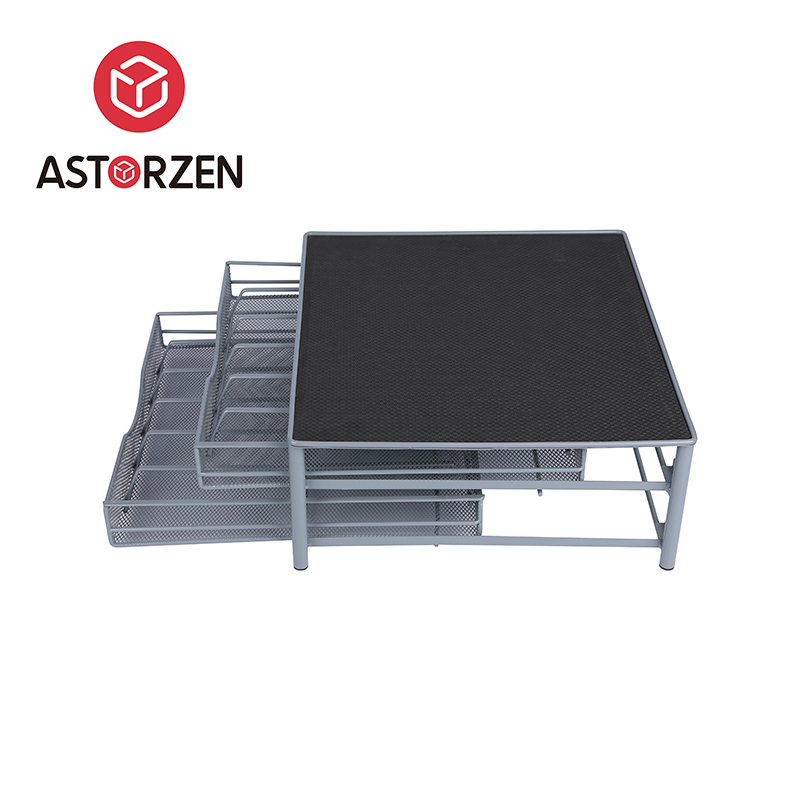 Desktop 2-Tier Coffee Capsule Placement Drawer Kitchen Storage
Desktop 2-Tier Coffee Capsule Placement Drawer Kitchen Storage -
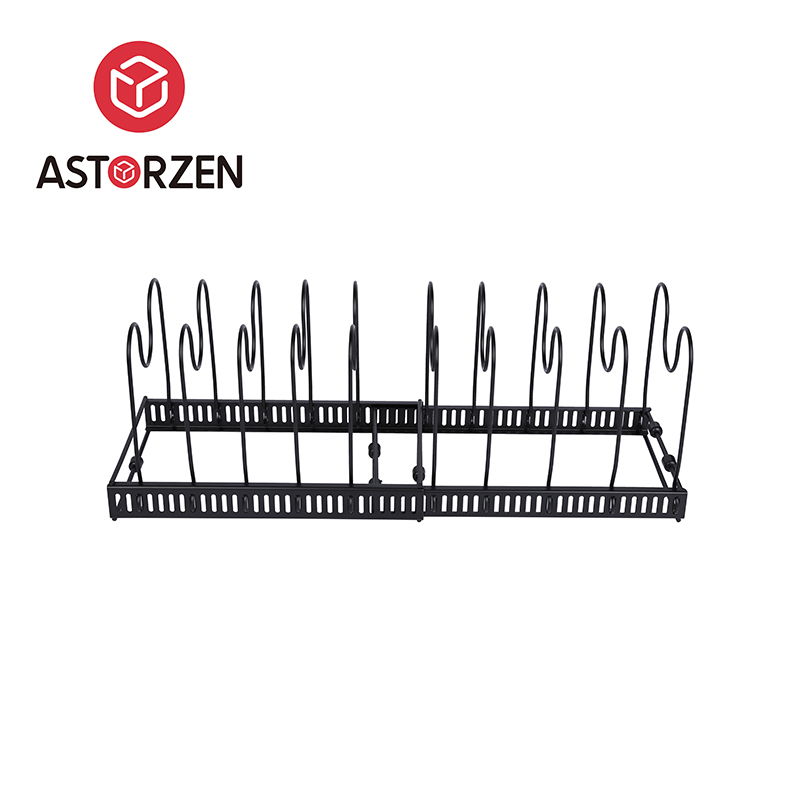 Adjustable Luxury Scalable Pot Rack Bowl Storage Rack Kitchen Storage
Adjustable Luxury Scalable Pot Rack Bowl Storage Rack Kitchen Storage -
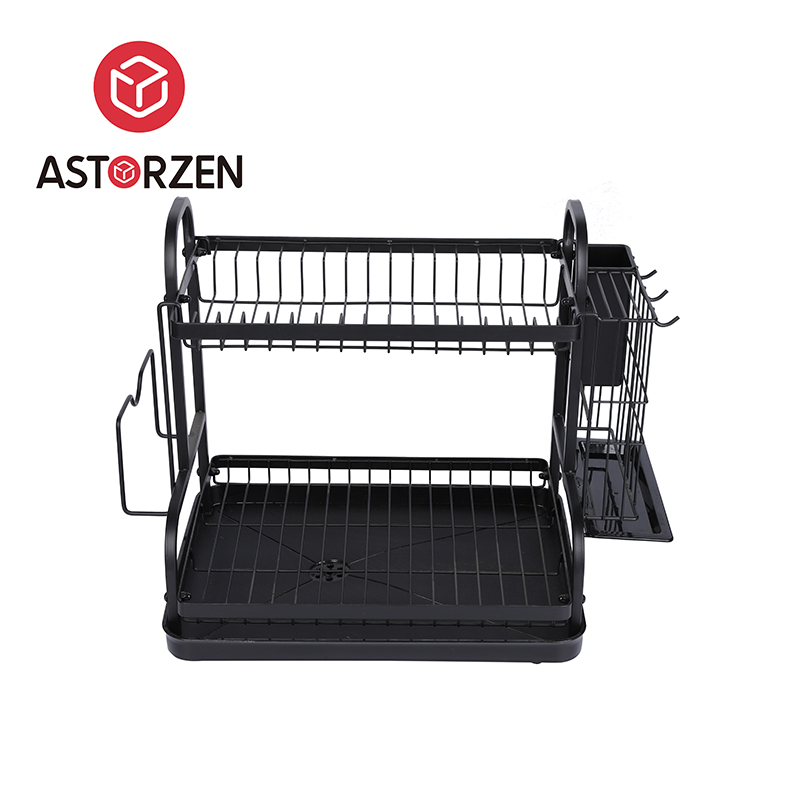
-
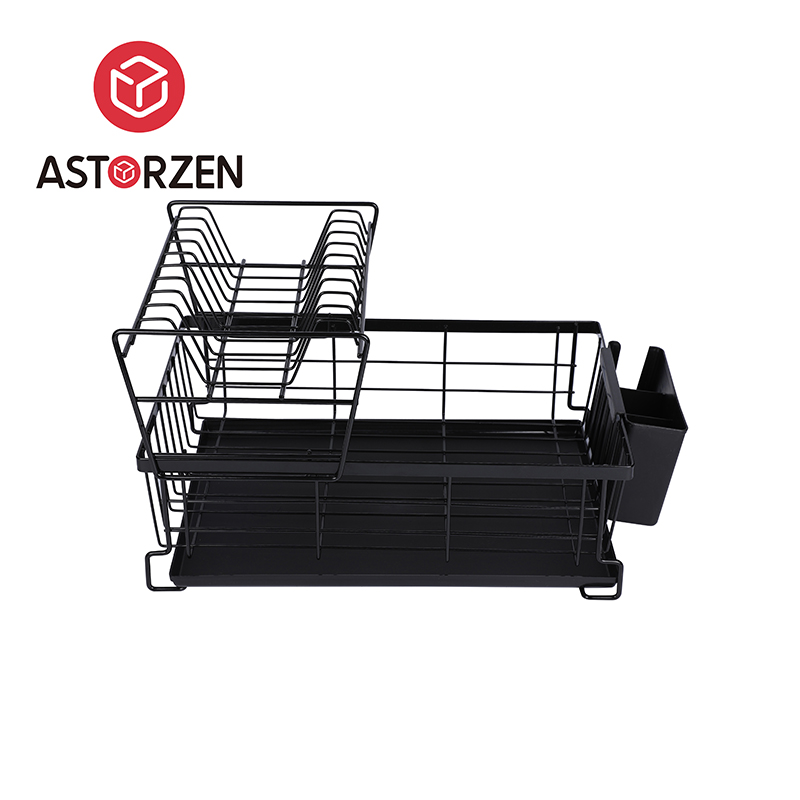 Double-Layer Storage Metal Kitchen Sink with Drain Rack Kitchen Storage
Double-Layer Storage Metal Kitchen Sink with Drain Rack Kitchen Storage -
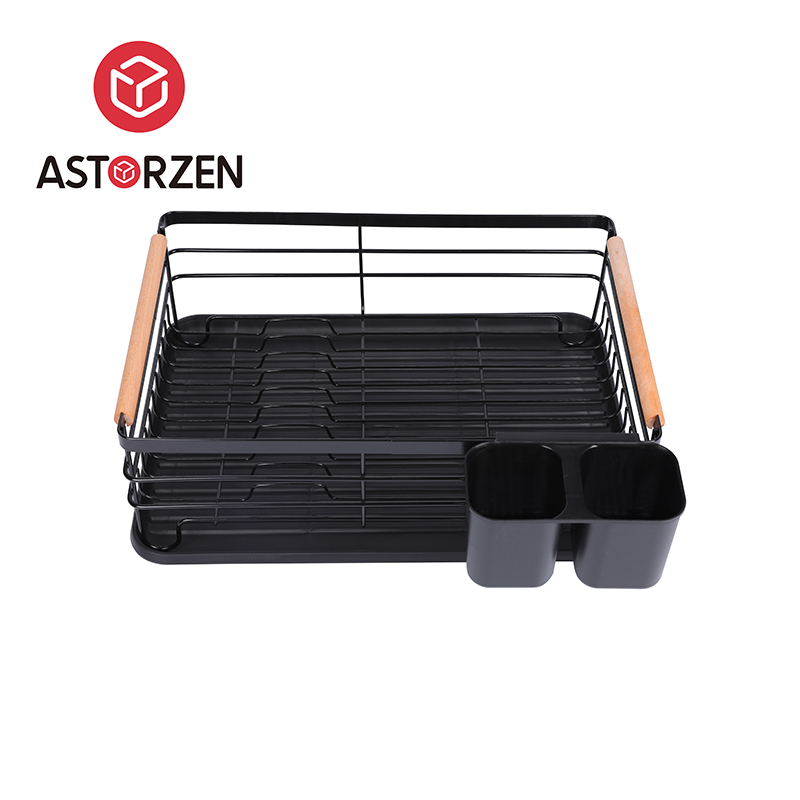
-
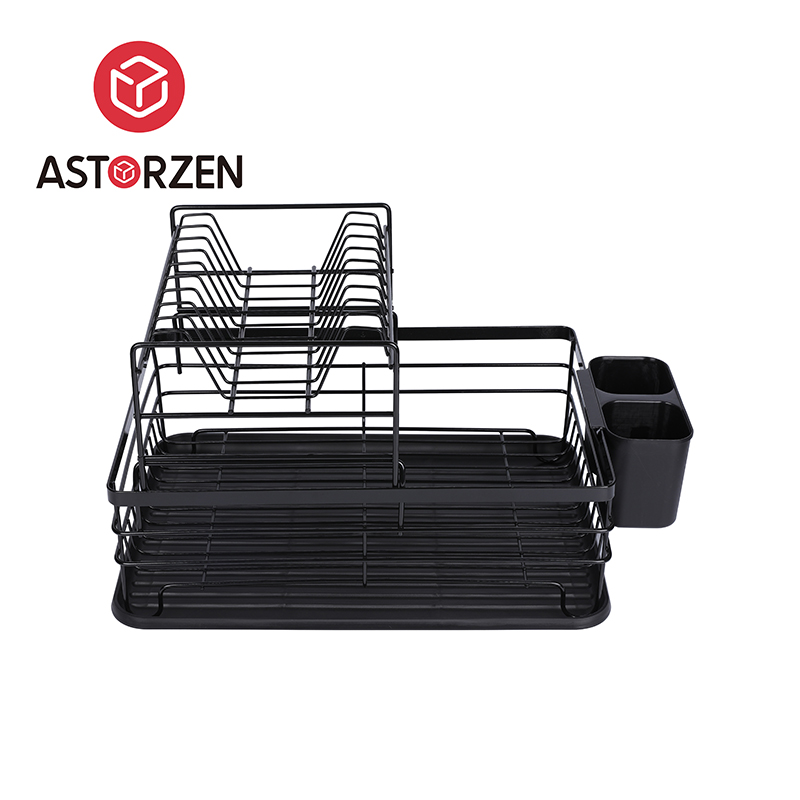
-
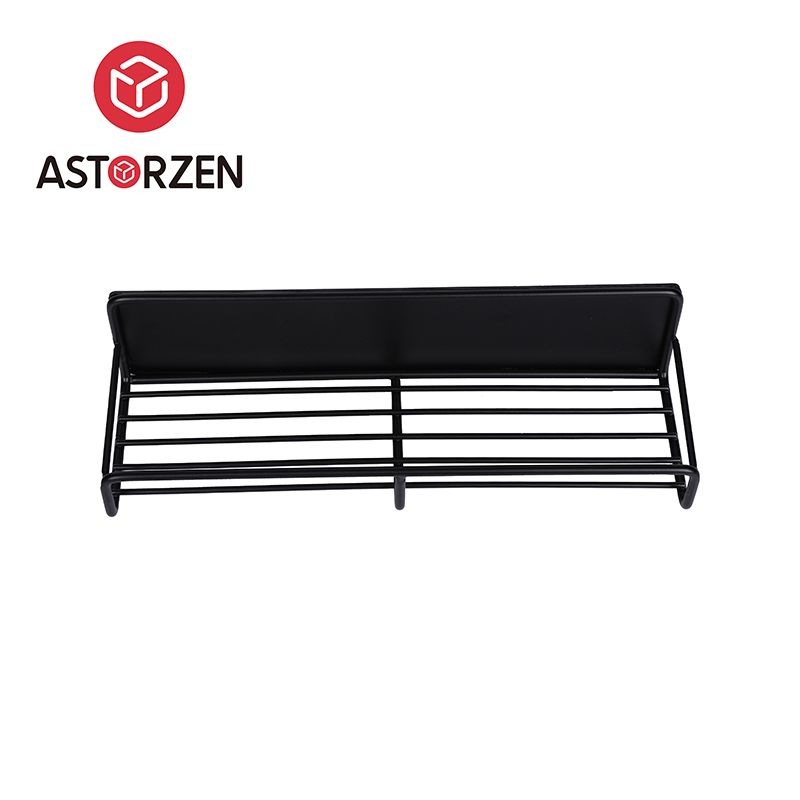 Metal Non-Sanded Texture Magnetic Load-Bearing Storage Rack Kitchen Storage
Metal Non-Sanded Texture Magnetic Load-Bearing Storage Rack Kitchen Storage

-
0m²+
Factory area
-
0+ million$
Annual export value
-
0+
Number of employees
The Wonderful Use of Fruit Storage Containers
Fruit storage containers are more than just kitchen accessories; they are essential tools that help preserve freshness, enhance food safety, and promote healthy eating habits. Designed specifically to cater to the delicate nature of fruits, these containers often include ventilation systems, moisture control mechanisms, and stackable features, making them versatile and user-friendly.
One of the primary benefits of using fruit storage containers is the extension of fruit shelf life. Fruits, particularly berries and cut fruits, spoil quickly when left exposed to air or excess moisture. High-quality containers with adjustable vents or built-in strainers maintain the ideal humidity and airflow, slowing the ripening process and reducing waste.
Moreover, fruit containers support better kitchen organization. By keeping fruits in designated, transparent bins, families can easily see what's available, encouraging more consumption and reducing the temptation to let fresh produce go unnoticed at the back of the fridge. Some models even include dividers, allowing multiple types of fruits to be stored separately in the same container, which is useful for maintaining taste and odor integrity.
These containers also play a role in food hygiene. By keeping fruits enclosed, they reduce the risk of cross-contamination with other foods, particularly in shared refrigeration environments.
Home Storage Organization: Convenient Daily Life
A well-organized home can transform daily life, reducing stress and saving time. Home storage organization is not just about tidiness—it enhances functionality, improves space utilization, and supports a calm and efficient living environment. With thoughtful storage solutions, households can experience greater convenience in every routine task.
From the entryway to the kitchen, storage tools like bins, baskets, and drawer dividers provide dedicated places for everyday items. This prevents clutter from accumulating and makes it easier to find what's needed. For example, having labeled bins for mail, keys, and accessories near the front door helps streamline the morning rush. Similarly, organizing kitchen cabinets with pull-out racks or stackable containers ensures cooking and cleaning are faster and more enjoyable.
In living areas, storage ottomans, bookshelves, and modular cabinets can keep everything from electronics to toys neatly arranged. These solutions don't just hide clutter; they make it easier to access frequently used items and keep the home looking inviting. In bedrooms and closets, organizers like under-bed storage, shoe racks, and hanging shelves allow for use of limited space.
Home storage organization also contributes to mental well-being. A decluttered space promotes relaxation and can reduce anxiety, especially in fast-paced households. It creates a sense of control and efficiency that supports better routines.
What Do Interior Storage Shelves Help Us With?
Interior storage shelves are highly adaptable tools that serve both functional and aesthetic roles in homes, offices, and commercial spaces. Their utility extends far beyond simple storage; they help define spaces, showcase personal style, and improve organization with minimal effort.
Interior shelves increase vertical storage capacity. In smaller rooms or apartments where floor space is limited, shelving allows for efficient use of wall space. Whether installed in kitchens, bedrooms, or living rooms, shelves help declutter surfaces by providing dedicated spots for books, dishes, decorations, or everyday essentials. This helps reduce visual chaos and promotes a cleaner environment.
In addition to their space-saving qualities, shelves enhance accessibility. Items placed on open or semi-open shelves are easy to locate and reach, supporting faster decision-making and more efficient routines. Adjustable shelving units are especially useful in adapting to changing storage needs, such as growing book collections or seasonal decorations.
Aesthetic value is another important contribution. Shelves offer an opportunity to personalize interiors through carefully arranged decor, framed photos, or curated displays. Whether minimalist or ornate, the style of a shelving unit can complement the design of a room and create visual interest.



 English
English 日本語
日本語 русский
русский عربى
عربى

